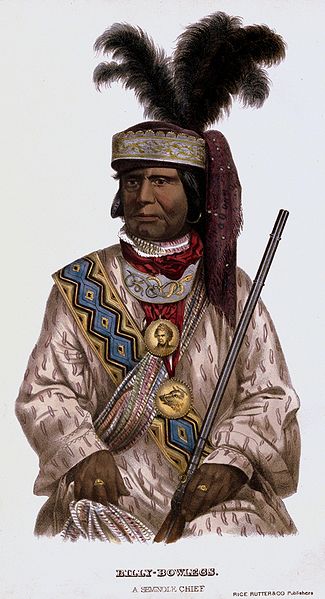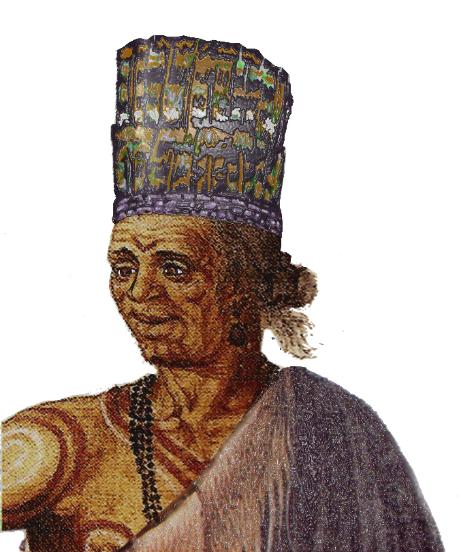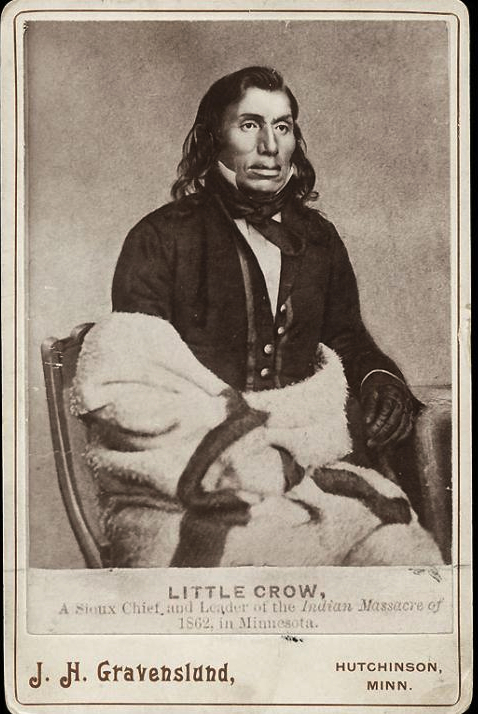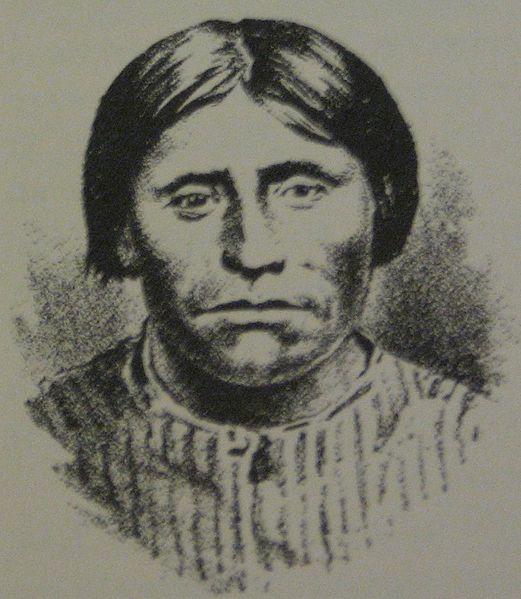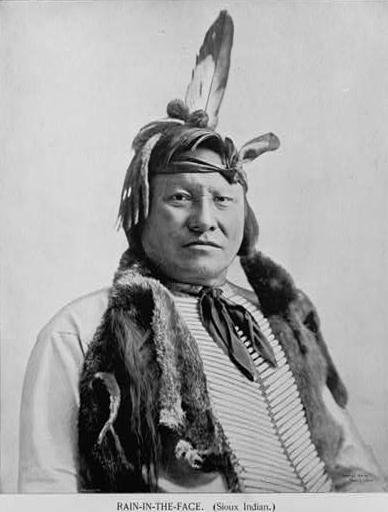Fight the Power! 100 Heroes of Native Resistance, Part 2
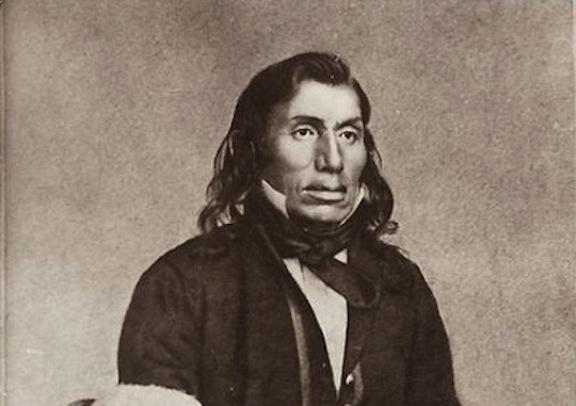
There were many Native resistance fighters from the 1500s to the 1800s who made a name for themselves in our country’s volatile history—ICTMN continues its list of historic notable Natives.
Chief Black Hawk (1767-October 3, 1938)
Though he was not a formal chief, Black Hawk was a recognized leader of the Sauk Tribe. At 15 years old, he wounded his first enemy in battle and earned the right to paint his face and wear feathers. He was a member of the warrior class.
During the War of 1812, Black Hawk fought on the side of the British. He and his Sauk followers were known as the British Band and were responsible for many victories. Although he eventually signed a peace treaty with the United States, he refused to end his friendship with the British.
In 1828, white settlers began to move into Black Hawk’s ancestral lands of Saukenuk. Black Hawk refused to leave. As a result, The War of 1832 spelled a massive defeat for the Indians. Approximately two-thirds of Black Hawk’s followers were dead.
Though he was eventually captured, he made the rounds getting public media attention and spent the remainder of his years with his wife As-she-we-qua, or Singing Bird.
Chief Billy Bowlegs (1810-1864)
Billy Bowlegs was a Seminole Chief who played an active part in the second and third Seminole Wars against the United States. After signing the Treaty of Payne’s Landing at Fort Gibson, which insisted that the Seminoles move west, Bowlegs refused to budge.
Soon after Bowlegs formed the band of 200 warriors who led a series of guerilla attacks against surveyors and fort builders. The acts became known as the Third Seminole War. It wasn’t until 1858, 26 years after Billy Signed the initial Payne’s Landing treaty, a treaty that began actions to incite the Seminole Wars, that Billy Bowlegs moved to new territory.
Opechancanough (1554-1646)
A feared warrior and eventual chief of the Powhatan Confederacy, Opechancanough was angered by the influx of European settlements into what is now the state of Virginia. As a result, he helped to orchestrate two of the deadliest massacres in the U.S. In March of 1622, Powhatan Indians launched a surprise attack killing 350, which was more than a quarter of the settlers in the area. The act started a 10-year war. Though Opechancanough signed a treaty to stop the hostilities in 1632, in 1644 and at 90 years old, he planned an attack that killed another 500 settlers. A few years later he was captured and shot by a soldier.
Chief Pontiac (1720-1769)
Ottawa Chief Pontiac was born in 1720 in the territory that would be present-day Detroit. Gaining regard for his acts during the French and Indian War, Pontiac became an ally of the French in his desire to stop the influx of British colonists. Through this desire, he formed an alliance of tribes into a resistance against the British which became known as Pontiac’s Rebellion.
After leading an attack on Fort Detroit in May 1763, other groups followed suit and destroyed eight additional forts from Michigan to Pennsylvania, killing hundreds of British. Although Fort Detroit was not taken, Pontiac and his warriors fought against it for six months.
Later, In exchange for amnesty, he signed a treaty with the British but was soon killed by a member of another tribe. Some historians speculate due to his pro-British decision.
Chief Little Crow (1810-1863)
Born around 1810, Little Crow was the Mdewakanton Dakota Sioux chief who literally outfought his brother to take the position as chief. After several clashes with the military in the Dakota War of 1862 the war also gained the nickname of “Little Crow’s War.”
Additionally upset about the amount of broken treaties, Little Crow and his warriors launched a tremendous attack that led to the deaths of a large but unknown number of settlers in southern Minnesota. More attacks continued to befall settlers at the hands of Little Crow and his warriors until they suffered a large defeat and fled to Canada. Upon returning, Little Crow was shot by a settler in Minnesota in 1863.
Kintpuash (Strikes the Water Brashly) or Captain Jack (1837-October 3, 1873)
Kintpuash or “Captain Jack” was Chief of the Modoc Tribe and leader during the Modoc War. In 1864, with the influx of settlers, the Modoc were forced to move to the Klamath Reservation. Treated poorly, Captain Jack led his people back to the Modoc territory on the Oregon-California border. Though the Army forced them back, Captain Jack again moved about 180 back to their ancestral lands.
The Army again tried to gather the Modocs to which Captain Jack resisted in the Battle of Lost River and eventually settled in what is now known as Captain Jack’s Stronghold, an area with caves and trenches in today’s Lava Beds National Monument. When the Army attacked, 35 soldiers were killed with no Modoc casualties.
In attempts to negotiate, Captain Jack and others met with a Federal Peace Commission, to which Captain jack and others fired pistols killing leaders of the commission. He was eventually captured after fleeing and was hanged on October 3, 1873, only one of three Indian combatants to be convicted as war criminals in American history.
Rain-in-the-Face (1835-September 15, 1905)
As a Lakota war chief, Rain-in-the-Face was among the Indian leaders who defeated George Armstrong Custer and the 7th Calvary at the 1876 Battle of Little Big Horn. Having earned his name during a fight when he was 10 and his face got splattered with blood like rain; Rain-in-the-Face fought several battles in his life against the settlers and soldiers.
Such battles included the 1866 raid against Fort Totten, the Fetterman Massacre, the Battle of Honsinger Bluff, among others. During his fight at Little Big Horn, he was long believed to have cut the heart out of Thomas Custer, a feat popularized by Henry Wadsworth Longfellow, he was also believed to have shot George Custer so closely as “to see the powder burns on his face.”
Though these claims have been refuted, Rain-in-the-Face on his deathbed was reported to have told his friend, “I have lived peaceably ever since we came upon the reservation. No one can say that Rain in the Face has broken the rules of the Great Father. I fought for my people and my country. When we were conquered I remained silent, as a warrior should. Rain in the Face was killed when he put down his weapons before the Great Father. His spirit was gone then; only this poor body lived on, but now it is almost ready to lie down for the last time. Ho, hechetu!”
RELATED: Fight the Power: 100 Heroes of Native Resistance, Part 1
© 1998 - 2013 Indian Country Today. All Rights Reserved To subscribe or visit go to: http://www.indiancountry.com
Read more at http://indiancountrytodaymedianetwork.com/2013/08/14/fight-power-100-heroes-native-resistance-part-2-150860

